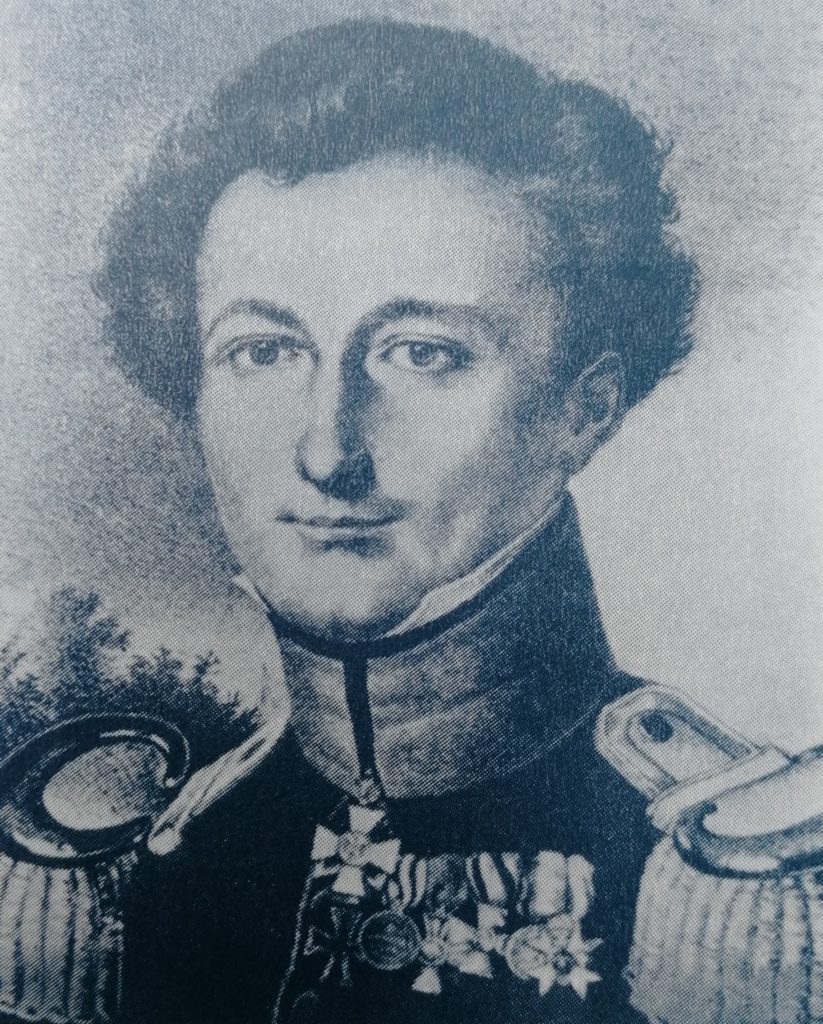The concept of “center of gravity”, developed by Carl von Clausewitz in On War, has had remarkable posterity. Many Western armies use it nowadays.
Center of Gravity and Balance
Clausewitz has described what a belligerent’s center of gravity is. It is the point on which an action will affect the rest of one’s war system. It can be considererd as its point of balance, which drives everything else. Acting on the center of gravity will unbalance the opponent. Therefore, they will overthrow him more easily. « A shock against the centre of gravity of a body always produces the greatest effect »
The « center of gravity » synthetize physical strength ratio, morale and terrain. « We think, therefore, a theatre of war, whether large or small, with its military force, whatever may be the size of that, represents a unity which maybe reduced to one centre of gravity. At this centre of gravity the decision must take place ».
The destiny of a warring state is therefore linked to its center of gravity. To destroy the enemy’s center of gravity is to bring him to his knees.
However, actions against the enemy’s center of gravity become crucial only if opponents are trying to reach a decision. If the belligerents seek only secondary gains, they will not attempt to overthrow the enemy at the cost of a large and risky effort. Clausewitz speaks of “armed observation”. The blow on the center of gravity’s aim is to bring the enemy down, not to obtain secondary benefits.
Finding Causewtz’s Center of Gravity
Hence, how to identify he enemy’s center of gravity ? Clausewitz here helps his reader, by listing some possible centers of gravity. The army, as it was for Alexander or Frederick II; the capital of a state, if it is in the throes of civil strife; and finally the relief army, in the case of weak belligerents supported by strong allies; “Unity of interests” in a coalition; finally, against a nation in arms, the leaders and the public opinion. The center of gravity can therefore be material or immaterial.
However, this notion is dynamic. Indeed, the center of gravity of a belligerent can change over time.
“If the Germans had reached Paris, in 1792, there—in all human probability—the war with the Revolutionary party would have been brought to an end at once for a season; it was not at all necessary at that time to beat their armies beforehand, for those armies were not yet to be looked upon as potent powers in themselves singly. On the other hand, in 1814, the allies would not have gained everything by taking Paris if Buonaparte had still remained at the head of a considerable army; but as his army had nearly melted away, therefore, also in the year 1814 and 1815 the taking of Paris decided all.”
But can an enemy hold multiple centers of gravity, or only one ? The task of the planner is precisely to reduce all the opposing sources of power into one, which controls all the others. “There are very few cases in which [the] reduction of several centres of gravity to one cannot be made.”
Clausewitz’s Center of Gravity and Economy of Forces
Once the center of gravity identified, Clausewitz recommends focusing efforts on it. “Against this centre of gravity of the enemy, the concentrated blow of all the forces must be directed”.
Indeed, center of gravity is a tool to be used by the planner in order to organize his efforts. It allows to focus on the most important task. An army that use part of its forces to occupy a secondary province of its adversary will not threat the balance of the enemy system. That will not be a decisive action. Thus, the forces are spoilt. However, if the opponent’s center of gravity is dislocated, it loses his balance; if it is destroyed, the all what is left to the enmey is to “beg for mercy.”
This doesnt mean that the whole army need to rush toward the gravity point of the ennemy. Secondary missions, such as safety, will always be necessary. However, no more troops should be concentrated there than necessary.
Conversely, the general must calculate correctly the effort to make against the enemy’s center of gravity. Thus secondary, but necessary, operations can be correctly executed.
“Therefore, if on the one hand, the violence with which we wish to strike the blow prescribes the greatest concentration of force, so in like manner, on the other hand, we have to fear every undue excess as a real evil, because it entails a waste of power, and that in turn a deficiency of power at other points.”
In short, identifying the enemy’s center of gravity helps avoid wasting efforts.
Strong Point Against Strong Point ?
The action against the enemy’s center of gravity has attracted some criticism to Clausewitz. For example, Liddell Hart considers that action against the center of gravity leads to an action from strong to strong. Indeed, even a successful direct action against the center of gravity will leave the winner weakened. So weakened, that he will be unable to exploit his opponent’s unbalance.
It is clear that the thought of the Master cannot entirely escape this criticism.
To begin with, Clausewitz does not believe in victory without a fight, even in the case of an intangible center of gravity.
Indeed, whatever the chosen center of gravity, one must disperse opposing armies. “But whatever may be the central point of the enemy’s power against which we are to direct our operations, still the conquest and destruction of his army is the surest commencement, and in all cases, the most essential”.
Then, in several chapters, the center of gravity is the greatest concentration of troops. “The centre of gravity is always situated where the greatest mass of matter is collected, and as a shock against the centre of gravity of a body always produces the greatest effect”
*
In conclusion, what one should remember from the concept of center of gravity introduced by Clausewitz?
Ultimately, it is a question of identifying what the source of the coherence of the opposing war system is. Neutralizing it will cause the enemy to loose its balance. This will multiply the effects directed against him.
Indeed, the center of gravity is not necessarily the source of power of the opponent, but the source of the cohesion of its different parts. “The armed forces of every belligerent […], have a certain unity, and in that way, connection; but where connection is there come in analogies of the centre of gravity.”
For example, the combat system of Western armies is based on significant firepower, but also and above all on permanent communications. They allow a very fast design – execution loop. Cutting them off dramatically reduces mobility, and therefore the effectiveness of small armies.
As for the Islamic State, its center of gravity was not its armed forces, but its narrative, through which it attracted and recruited. More generally, the center of gravity of a guerrilla may lie in a sanctuary, or in its “external maneuver” (Beaufre). That is, in being able to gain international legitimacy.
Therefore, the notion of center of gravity permit to avoid the action of strong against strong in a sterile physical confrontation. It is useful to concentrate efforts against the keystone of the enemy edifice, without excluding other lines of operations.
*
Read also Understanding Clausewitz’s Trinity.



